Monthnote: July 2025

July started slowly for me: recovering from illness, travelling with my kids, bringing home a new puppy wore... it all wore me out. But work kept chugging along at its usual pace. No summer slowdown here, things are perhaps even busier than before.
I've mostly been working on an internal service project. Internal projects are cool because they feel more within our control: We don't have to wait for permission or availability. We can have a good amount of impact with them, particularly around creating efficiencies. We also don't have to wrestle with the question of how to equitably compensate participants for their time, which – though it was always difficult in this organization – has perhaps become impossible(?) due to some political and fiscal directions. But as a service designer I also struggle a bit with internal projects because they're invisible to the public and sometimes don't have a meaningful impact on our external service delivery, which is where I think service design is most needed right now. But, I like this project, and it's going well. As part of that work I ran a few workshops and did a number of research interviews which has culminated in a lot of documentation - blueprints, journey maps, and so on.
I also helped a design colleague by facilitating some usability sessions on our main digital service (Health Gateway.) It's been a while since I've run a usability testing session - I enjoyed it, the banter and chit chat mostly, but also: people often seem excited and happy to have space where their opinion is actively sought, and it feels nice to give them that space. Another bonus: the way it was set up meant I didn't take notes, I let the transcription do that. No multitasking for once. I tried using copilot AI for some light analysis but it didn't really get it right because the transcript didn't capture what was on the screen. +1 for humans.
I wrote some stuff! Most importantly, I wrote some much-needed guidance on Human Centred Design. That said, this was edited and contributed to by many people, so I don't want to take all the credit for it - I mostly just got it started with the first draft. I also wrote a couple of blog posts (here and here) inspired by a situation that I have a small person connection to.
I got invited to our Deputy Minister's Connection Circle - a small in-person group session where people in our ministry share questions and ideas directly with the most senior leader. It felt very inspiring and empowering, full of brave sharing and candid reflections.
I led a presentation with the Service Design Guild at the Alberta Government, along with Sarah and David, designers who work in different ministries from me in BC Government. It went really well and making this connection had instant payoffs - It led to re-connecting in-person with Tori, who I briefly worked with in municipal government, and also connected me into a call on measuring services with Alberta government and the federal government which had a ton of useful information and quality discussion.
Our futures simulation from June continued with a new 'futures club' where a few of us got together to discuss futures thinking. And I participated in a visioning workshop for an idea on a service catalogue, led by my wonderful colleagues Srushti and Sebastian.
On a personal front, my kids have been busy with summer camps and new summer hobbies (my daughter just discovered horseback riding,) we've been spending lots of time outdoors, and I had a stint of taking care of the school garden which was more work than I thought.
What went well
- I ran a workshop for the internal project where I tried to focus mostly on 'serious' activities like getting details and facts to inform the journey map. But I started the workshop with a small creative activity - building mini-personas (with jobs-to-be-done framing) out of sketches I had created in Miro. The teams I am working with have really limited capacity right now so I was worried that 'creative' activities might feel like a waste of their time, but to my pleasant surprise - they loved it. A good reminder that even serious teams and topics can benefit from doing something a bit more creative.
- As the 'team of one' for this internal project, I've had to do all of the planning and expectation setting for this work– the work that in other orgs usually falls to a product, project or delivery manager. Doing this myself is challenging but also it's been really good in the sense that I have control over that part. In other projects I've been part of, that's been –or it's felt like– someone else's responsibility but it either hasn't been done well or they have forgotten to consider design work so I don't get what I need from it (like defining roles and tasks and timelines for research and design.) Not sure if it's lack of organization or lack of awareness but it's actually been the main source of frustration and miscommunication for me on a few projects I've been on. So.... although doing the 'project management' has been extra work, it's been really good to have things done in the way that I need them.
(that said, I would still prefer to have an actual product/project manager to do this stuff, so maybe the takeaway is to be more specific about what I need from them when I do get a chance to work with one in the future)
What's been challenging
- Once again I have found myself in a position where I'm trying to get access to previous research work that I know exists, but nobody knows how to find it, or knows whether they have permission to share it. Finally I was able to get some leads on this work, but it took a lot of time and many people asking around.
- But also, a learning from this: Those cool whiteboarding tools we use are great but we all need to think about what happens when the organization decides to stop paying for the SaaS subscription. How can we make sure our research insights aren't lost forever to the cloud?
- I've been navigating some tricky interpersonal dynamics both at work and with someone in my personal life. Weird vibes, misunderstandings, things said and also not said. The work one seems to be resolved but the other one isn't. Both have taken up a fair amount of mental space.
What I've been reading (and you should too!)
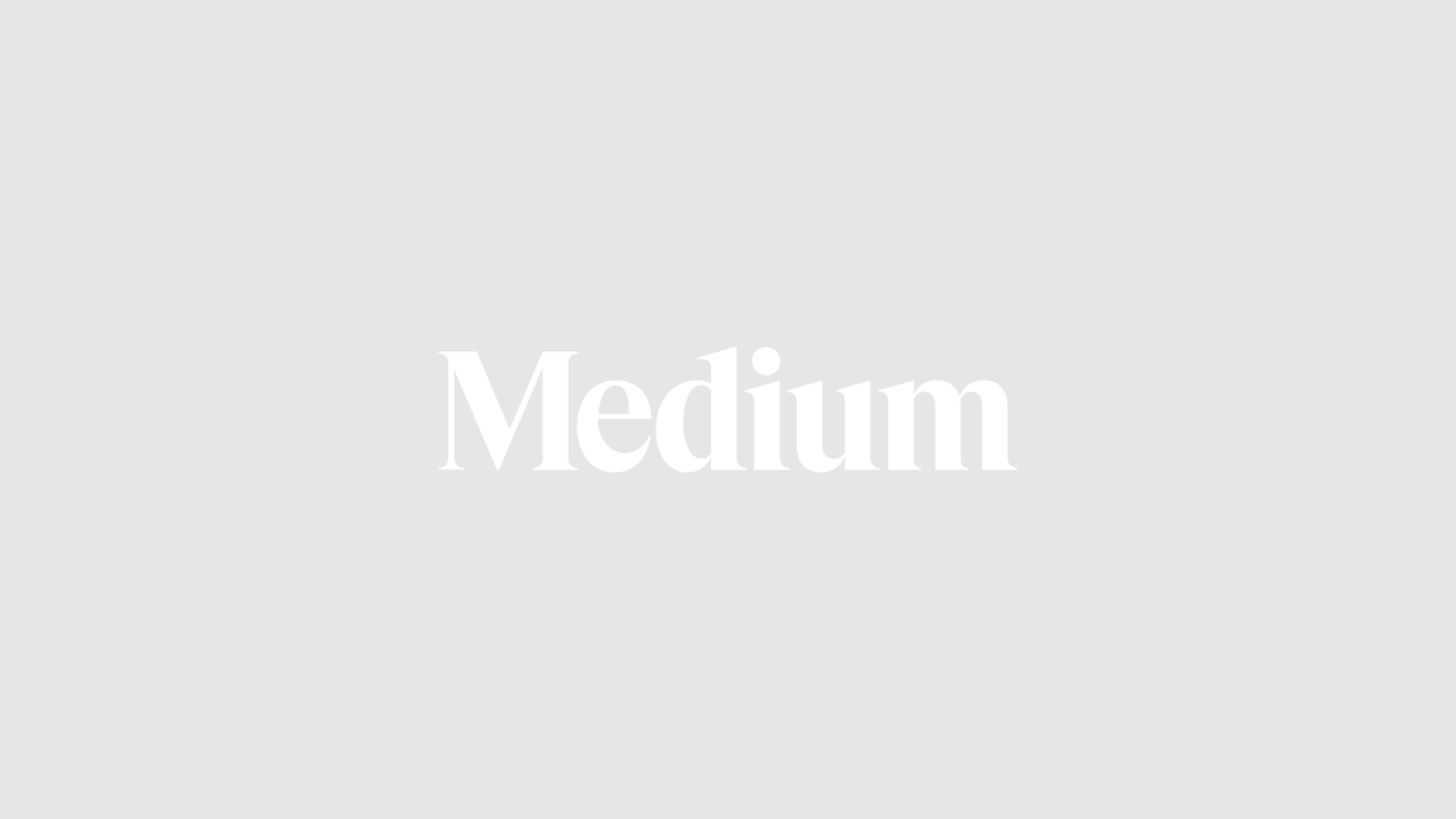
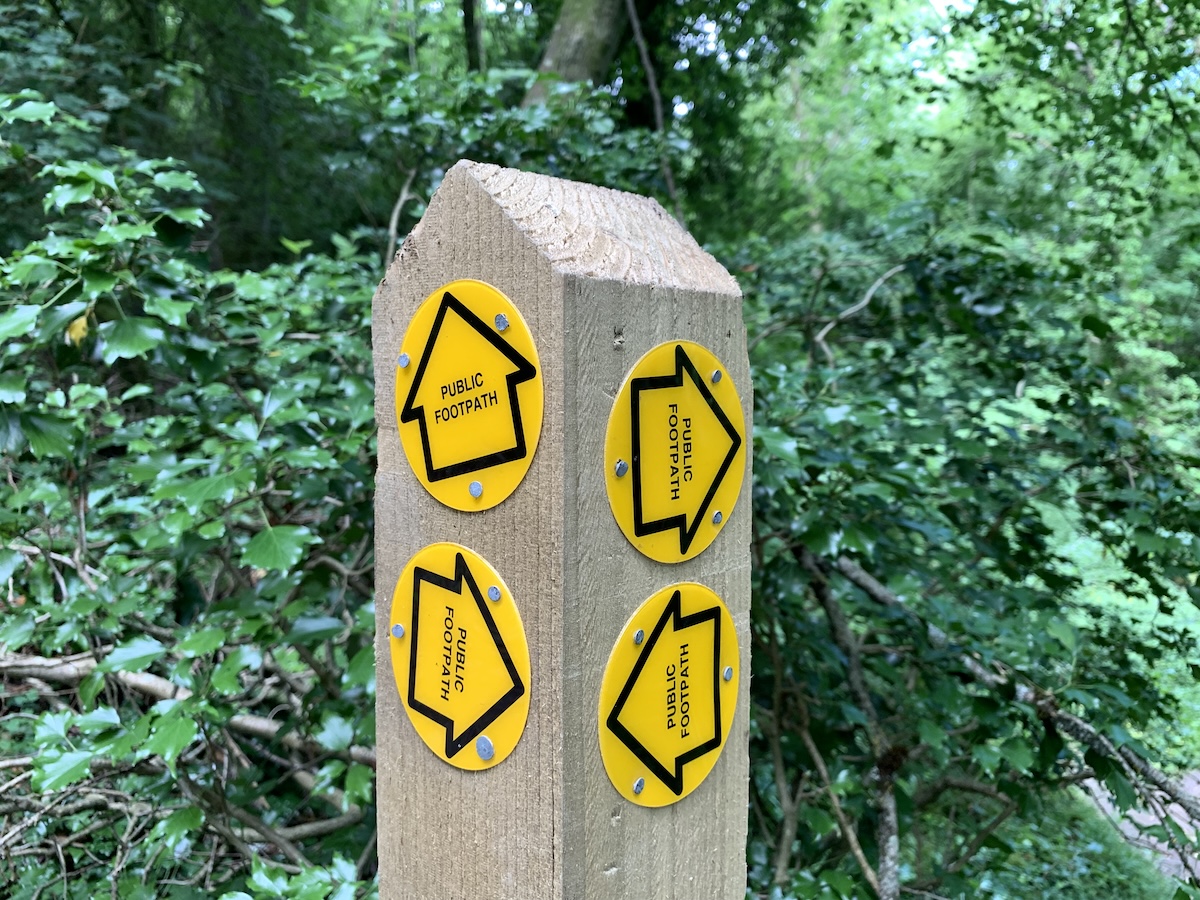
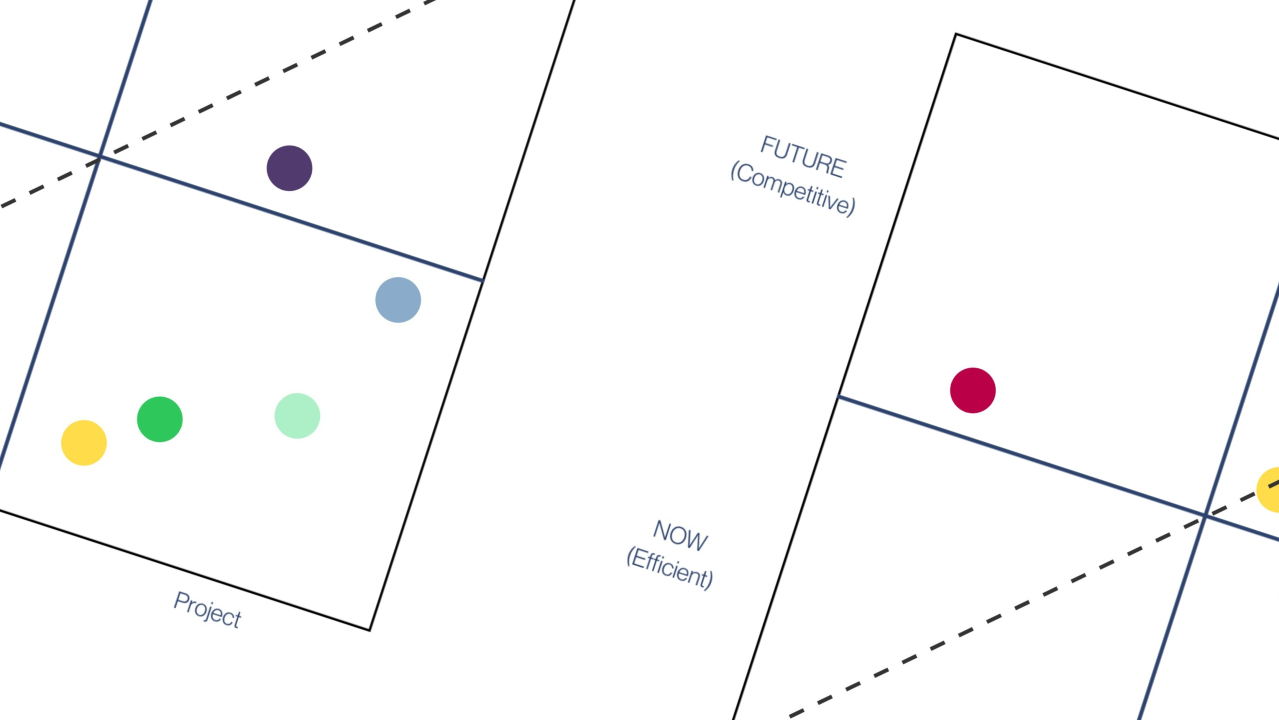
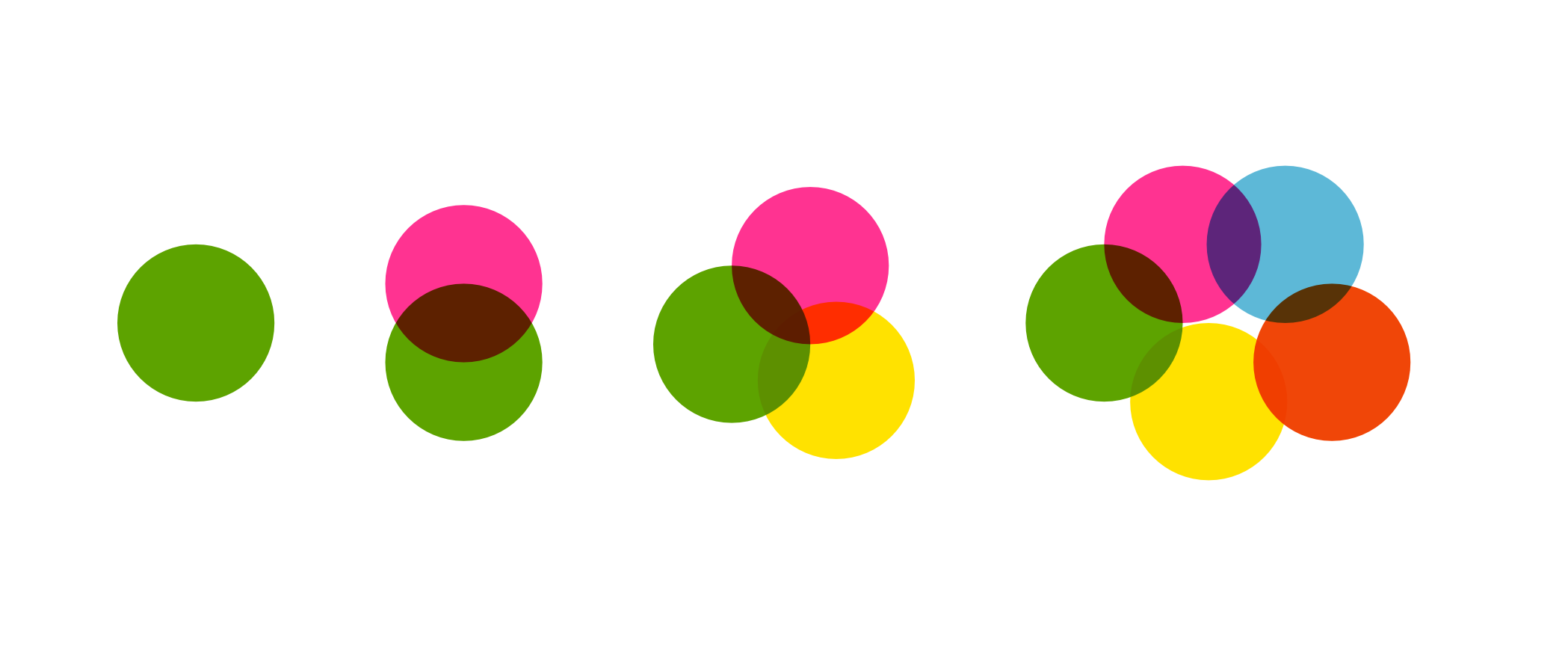
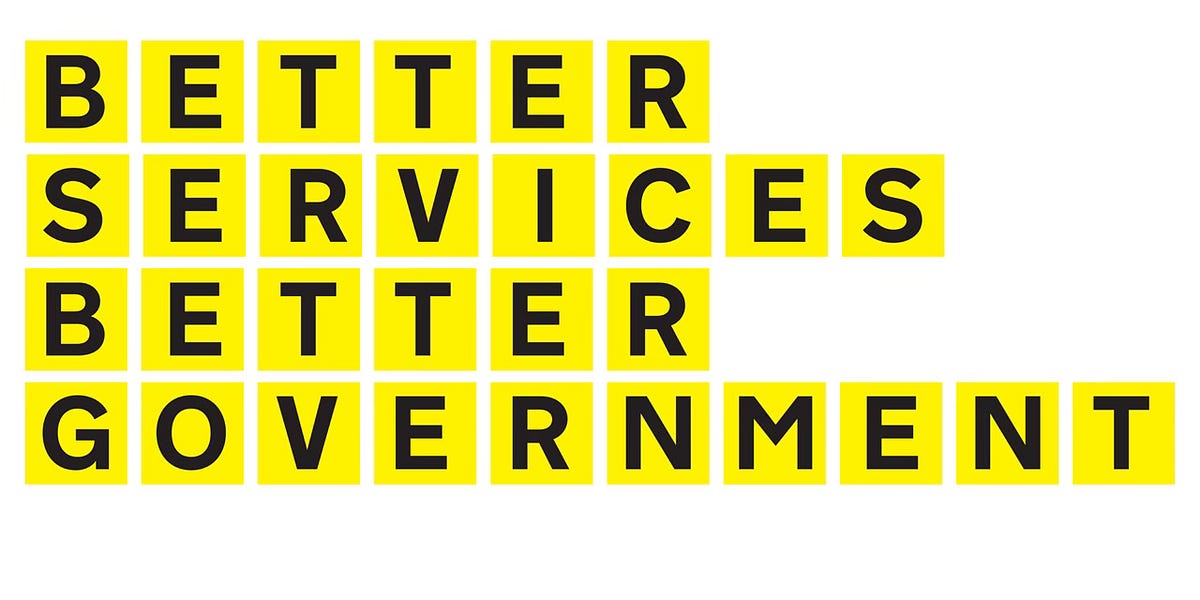
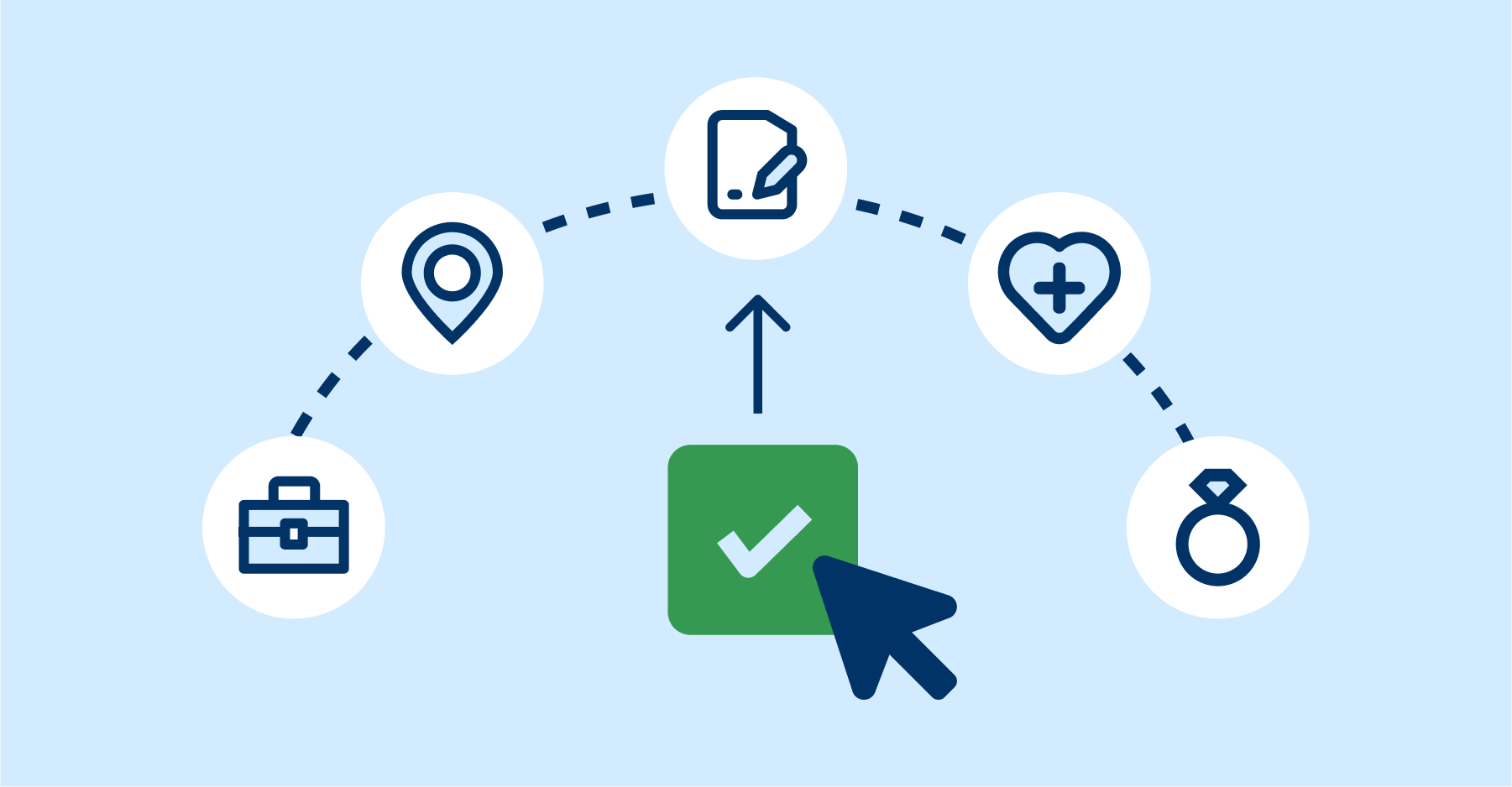
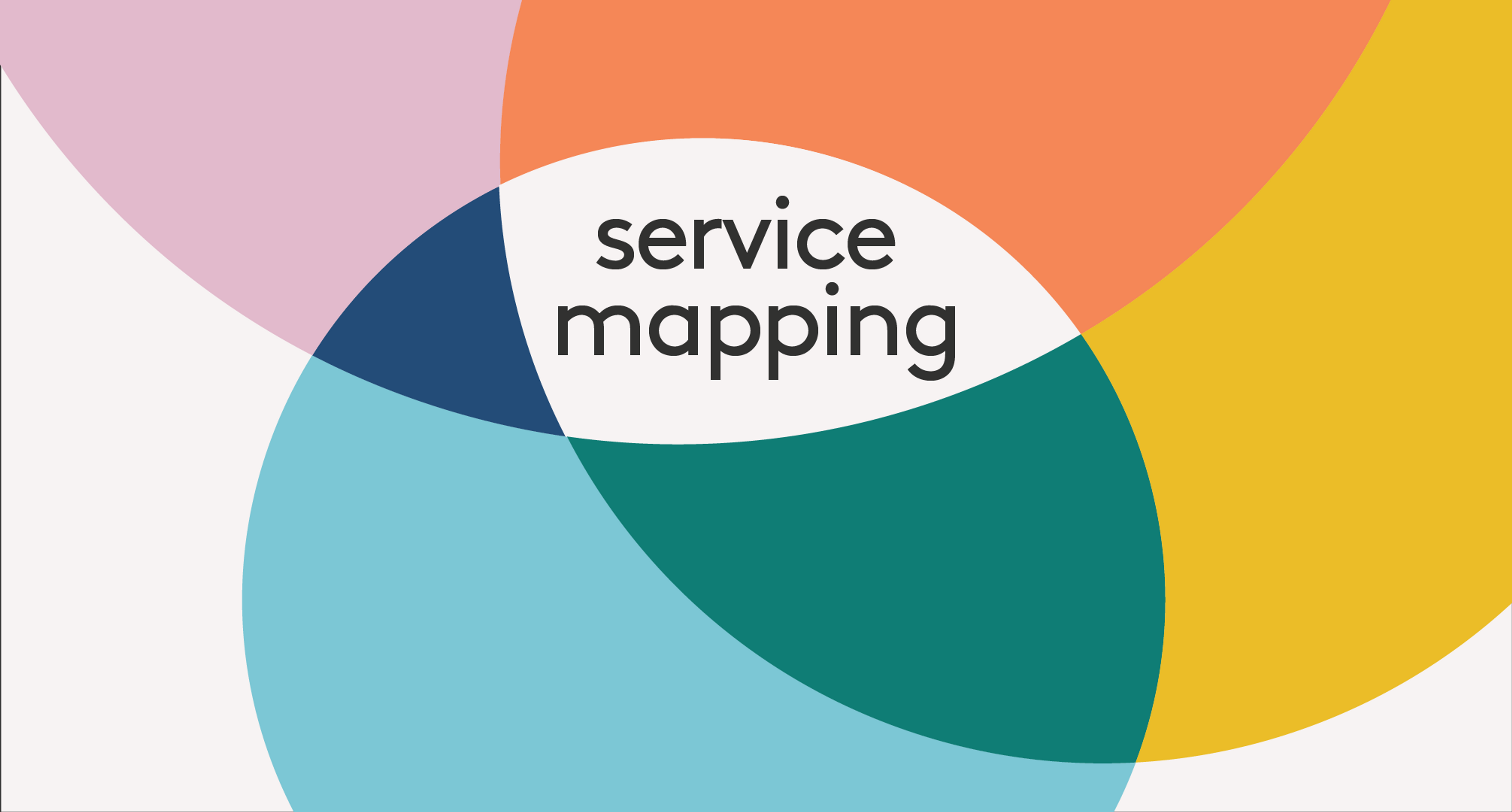
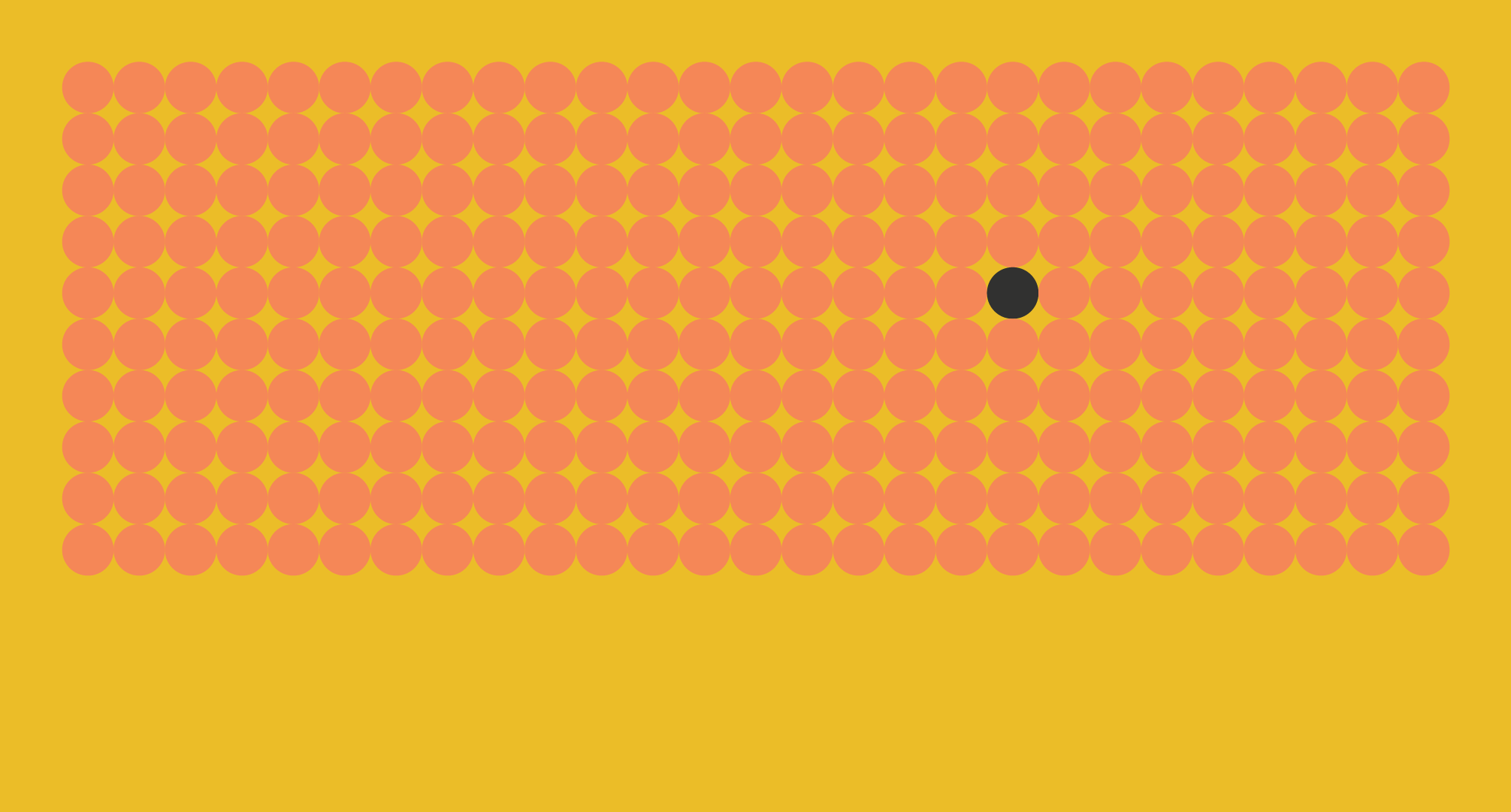
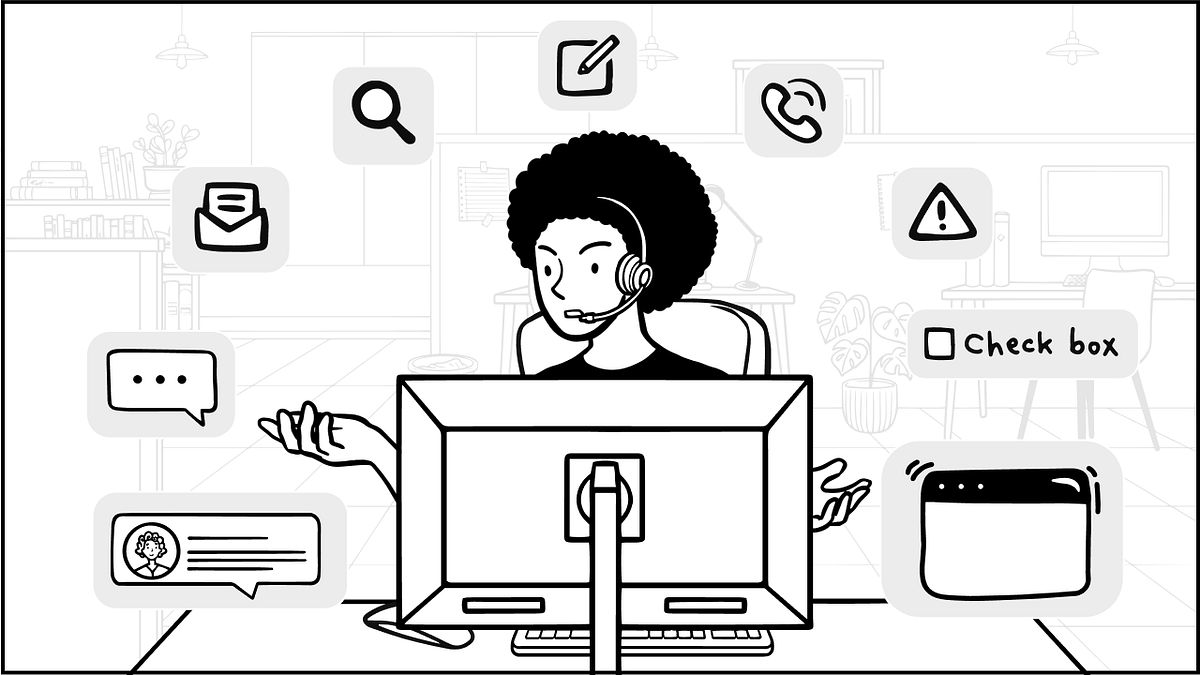
Other stuff (reading, watching, listening)
- I read two books in July - Our Evenings by Alan Hollinghurst (loved this but there was also something about it that felt vaguely unsatisfying) and The Song of Achilles by Madeline Miller (really good but not as good as Circe)
- I started watching Too Much from Lena Dunham, but still a bit unsure about it. I've never properly watched Girls so maybe I'll switch to that instead.
- Lots of good podcast listening in July - I enjoyed season 2 of the Retrievals, and also really loved What does it feel like to believe in god from Search Engine and Are airline pilots allowed to be depressed? by Death Sex and Money.
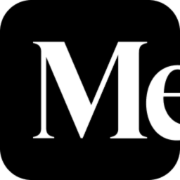








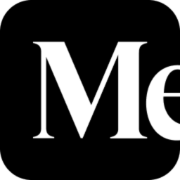
Comments ()